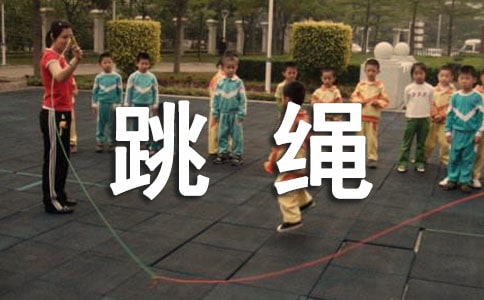跳绳英语日记
许多同学在下课后喜欢聚在一起跳绳,这样可以锻炼手脚协调性,增强个人的肌肉耐力和新肺功能,身体四肢的运动量及灵敏程度.跳绳,在古代称“跳白索”,在我国民间流传已有几千年的历史了.早在南北朝时期,跳绳已作为“劫病延年”的娱乐活动而盛行,每逢农历正月十六,都要进行儿童跳绳比赛,胜者有奖,绊绳者要手罚.明末清初,跳绳有了进一步的.发展,当时北京一带有元宵节跳绳的风俗,而且,跳绳的速度快如白光。

Many students like to get together to jump rope after class, so that they can exercise hand foot coordination, enhance their muscle endurance and new lung function, as well as the movement amount and sensitivity of their limbs. Skipping rope, known as "skipping white rope" in ancient times, has been popular among the people for thousands of years. As early as in the northern and Southern Dynasties, rope skipping was popular as an entertainment activity of "robbing the sick and prolonging the year". On the 16th day of the first lunar month, children's rope skipping competitions were held. The winners were rewarded, and those who tripped the rope were punished by hand. At the end of Ming Dynasty and the beginning of Qing Dynasty, rope skipping developed further. At that time, there was a custom of rope skipping on Lantern Festival in Beijing, and the speed of rope skipping was as fast as white light.
【跳绳英语日记】相关文章:
1.跳绳比赛日记
3.和姐姐学跳绳日记
6.跳绳
7.跳绳
8.跳绳